The enthusiasm for Tea culture has risen in recent years, and the ranks of scholars studying it have grown robustly. Numerous historical truths about tea naturally require various forms of authentication.
Throughout the five-thousand-year history, the development of tea culture has continually produced novelties, with numerous unearthed cultural relics providing the most compelling evidence for research in the tea field. Currently discovered artifacts related to tea include tea leaves, tea seeds, and tea wares.
Tea wares are the most significant and abundant part. Many experts explore and understand the development of tea culture and societal life through different tea wares from various periods. Since the inception of tea drinking, there have been tea wares. Our contemporary achievements in tea culture research naturally cannot be separated from the comprehensive presentation and in-depth study of tea ware artifacts.
Tea culture is an essential component of traditional Chinese culture, and tea wares are a vital part of tea-drinking culture. The development of tea culture has driven the evolution of tea wares, which have been indelibly marked by their respective eras, making each period's tea wares exhibit distinct characteristics. The changes in materials, types, shapes, and styles of tea wares are closely related to the features of the times, ethnic customs, and aesthetic tastes. Regardless of whether they are crude or refined, tea wares serve not only to hold tea but also contain the culture of their era, provide objects of beauty, enhance the pleasure of tea, and stimulate one's appreciation of tea.
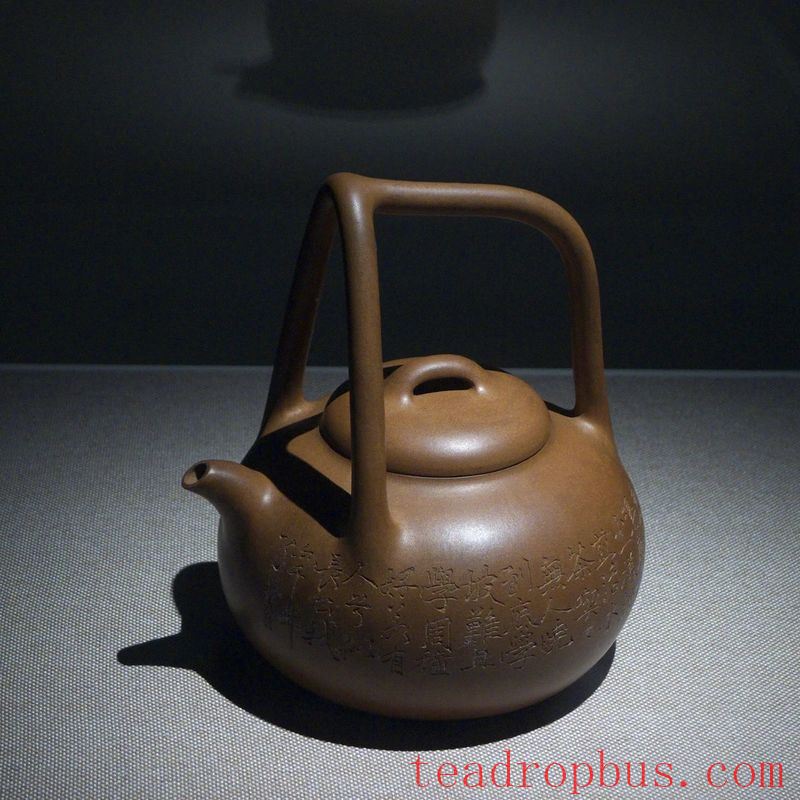
As a cultural art form, tea ceremony emphasizes fine tea, pure water, and lively fire, as well as exquisite utensils. Indeed, pairing famous teas with exquisite utensils is like a perfect match, complementing each other beautifully.
When did tea wares originate?
At the end of the Western Han Dynasty, Wang Bao's “Bondservant's Agreement” mentions “prepare tea and all its utensils,” but it is unclear if there were dedicated tea wares. According to “Biographies of Elders in Guangling,” during the reign of Emperor Yuan of Jin, there was an elderly woman who every morning carried a single vessel of tea to sell in the market, and people vied to buy it; from dawn till dusk, her vessel never diminished. The vessel she carried was likely a food container used as a tea ware. In Zuo Si's poem “Pampered Daughters,” there are two lines: “Only tea is the focus, blowing on the tripod,” where “tripod” was a food vessel rather than a tea utensil at that time.
Lü Lin's “Incidents of the Four Princes” records that when Emperor Hui of Jin encountered misfortune and fled, upon returning to Luoyang, a servant “held a clay bowl filled with tea, presented it in the evening, and the emperor found it excellent.” The vessel for holding tea was a clay bowl, a bowl for holding food. Clearly, before the Tang Dynasty, tea wares and food containers were mixed.
The development of tea ware art during the Han and Jin dynasties was undoubtedly slow, advancing along the curve of earthenware – hard Pottery – glazed pottery. The earliest tea wares were shared with wine and food vessels, a type of small-mouthed, large-bellied clay jar.
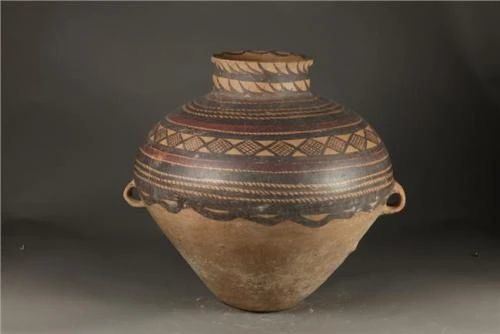
Glazed Pottery
In recent years, a batch of porcelain from the Eastern Han Dynasty was unearthed in Shangyu, Zhejiang, including bowls, cups, and Teapots. Archaeologists believe these are the world's oldest porcelain tea wares. During this period, tea wares included green porcelain basins, ceramic stoves, copper kettles, green porcelain jars, and ceramic mortars. Green porcelain basins were used for Drinking Tea, ceramic stoves for boiling tea, copper kettles for holding tea decoction, green porcelain jars for storing tea leaves, and ceramic mortars for grinding tea.
The ceramics industry further developed during the Jin Dynasty, mainly producing green porcelain, with porcelain tea wares occupying the main share. Major tea wares included green porcelain kettles (for holding tea decoction), green porcelain perforated jars (for baking tea leaves), and green porcelain covered boxes (for storing tea leaves). At this time, the method of drinking tea was similar across regions, and the tea-drinking vessels used in different places were also quite similar.
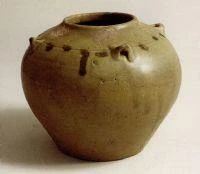
During the Han Dynasty, tea spread from Bashu to the vast central plains, the production areas of tea leaves expanded continuously, and tea drinking gradually developed from the upper class to the common people, becoming relatively widespread. From the beginning of tea drinking, there was a custom of offering tea to guests, which became a universal ritual during the Eastern and Western Jin Dynasties and the Southern and Northern Dynasties.
The period was crucial for the incubation of tea wares as an important material carrier of tea culture. The cultural roots of Buddhism, Daoism, Confucianism, and the social background of great ethnic integration provided rich nourishment for the development of tea ware art, imbuing tea culture with the characteristic of unity between material civilization and the inheritance of Chinese culture right from the start.
The Tang Dynasty was a period of prosperity in China's history in terms of both economy and culture. With harmonious coexistence among various ethnic groups, social stability, and economic prosperity, the trend of tea drinking surged. Influenced by this social atmosphere, Chinese tea wares first separated from food and wine vessels to form their own system, laying a solid foundation for the further development of tea culture.
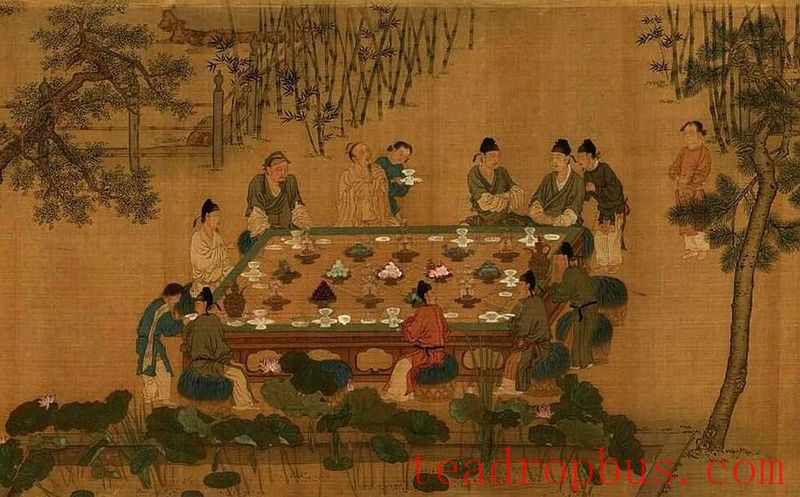
Tang culture was broad and profound, and the cultures of all social strata received relatively full development, and this can also be seen in the development of tea wares during this period. Due to the widespread custom of tea drinking throughout the country, tea-drinking vessels were highly valued, and specialized tea-drinking vessel manufacturing emerged. In addition to tea wares used by literati and scholars, palace tea wares and folk tea wares also played an indispensable role in the development of Chinese tea civilization. Palace tea wares were extravagant and luxurious, with materials selected with utmost care and made with extraordinary craftsmanship, each piece being a rare artistic treasure of the era.
Folk tea wares formed a stark contrast in style to palace tea wares, being simple and practical. The symbolic significance of tea wares as markers of status and identity was greater than their function as mere utensils.
In the Tang Dynasty, tea wares separated from food and wine vessels and formed their own system. The specialization of tea wares began in the Tang Dynasty, and Lu Yu made significant contributions to the standardization and series development of tea wares. In his “Classic of Tea,” Lu Yu listed 28 kinds of tools, including those for boiling tea, drinking tea, and roasting tea. Among them, there were five kinds of tools for igniting fires, two kinds for boiling tea, six kinds for processing tea, five kinds for water, two kinds for salt, two kinds for drinking tea, three kinds for cleaning, and three kinds for storage. From the perspective of modern people, having so many complex tools for a cup of tea might seem difficult to comprehend.
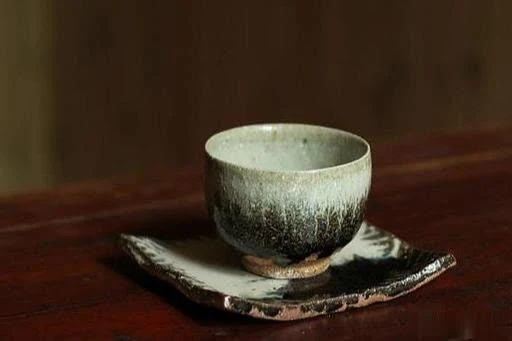
However, in the eyes of ancient people, it was a necessary process to complete certain rituals and to make tea drinking better and more refined. This shows how seriously the ancients took tea drinking. Drinking tea was no longer just a physical enjoyment but a pursuit of spiritual realm. It indicates that people were not merely drinking tea but also appreciating it, including the evaluation of tea wares. Tang tea wares were colorful and diverse, ranging from Yue porcelain as clear as ice and jade, Xing porcelain as white as snow, to yellow glaze, black glaze, and colored glaze porcelain, with rich varieties in shape and type.
The most typical and representative tea wares of the Tang Dynasty are undoubtedly the set of extremely high-standard, exquisitely crafted royal gold and silver tea wares unearthed in 1987 at Famen Temple in Famen Town, 10 kilometers north of Fufeng County, Shaanxi Province. According to research, this set of tea wares was made between the ninth and twelfth years of Xiantong and was an authentic item used by Emperor Xizong. It has been preserved very intact and is the earliest, most complete, and most exquisite tea ware artifact discovered in the world to date.
If there is any infringement, please contact us for